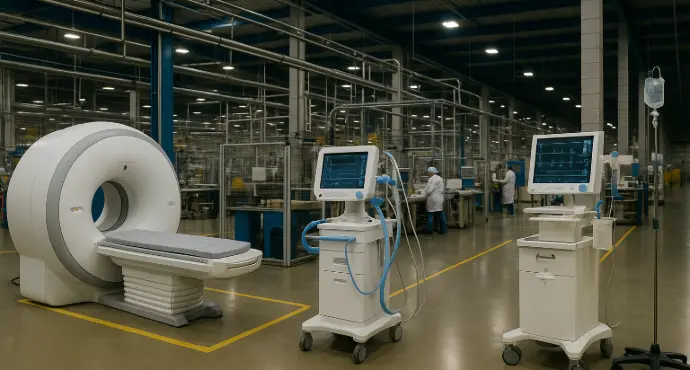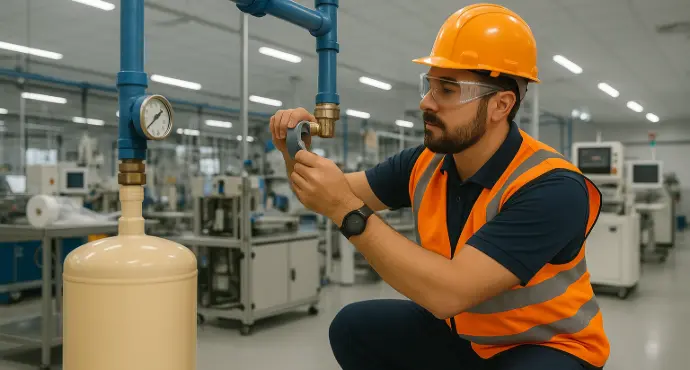1. Key Challenge
The company was facing significant losses in its compressed air system, evidenced by unnecessary consumption during non-production periods. The study identified leaks amounting to 15.19 HP and 57.3 CFM, with an annual projection of 114,222.4 kWh, 45.68 tons of CO₂, and energy costs of $15,788.05 USD. This situation resulted in high operational costs and a negative environmental impact, highlighting the need for a detailed evaluation.


2. Implemented Solution
The study was conducted using a detection tool that surveyed the entire plant, enabling the identification of leaks in pipes, fittings, valves, and other system components. The analysis focused on measuring compressor performance during a specific period (Tuesday, October 1, 2024, from 9:30 to 10:00 AM). A quantitative breakdown of the leaks was obtained and classified by severity levels (high, medium, and low). Additionally, specific recommendations were documented for each location, such as adjustments or replacements of quick couplings, hoses, and other critical components.
3. Results
Leak Detection:
- 3.92 HP in leaks
- 14.16 CFM de aire perdido
- Annual projection reduced to 25,675.64 kWh, 10.27 tons of CO₂, and $3,538.04 USD in costs
Breakdown by severity:
- High: 4 leaks (4.66 CFM, $1,164.35 USD annually)
- Medium: 21 leaks (9.21 CFM, $2,301.23 USD annually)
- Low: 6 leaks (0.29 CFM, $72.46 USD annually)
- Additionally, recommendations were made to carry out detailed physical inspections, perform follow-ups every 4 months, and include these actions in the preventive maintenance plan, with no repairs reported as completed in the document.


4. Conclusion
The leak study revealed a critical situation regarding compressed air waste and its economic and environmental implications. Although the report focuses on leak detection and the presentation of recommendations, the data obtained highlight a significant potential for savings and operational optimization. Implementing the suggested recommendations —such as conducting periodic inspections and continuous monitoring— will be key to reducing energy costs and improving the long-term sustainability of the compressed air system.